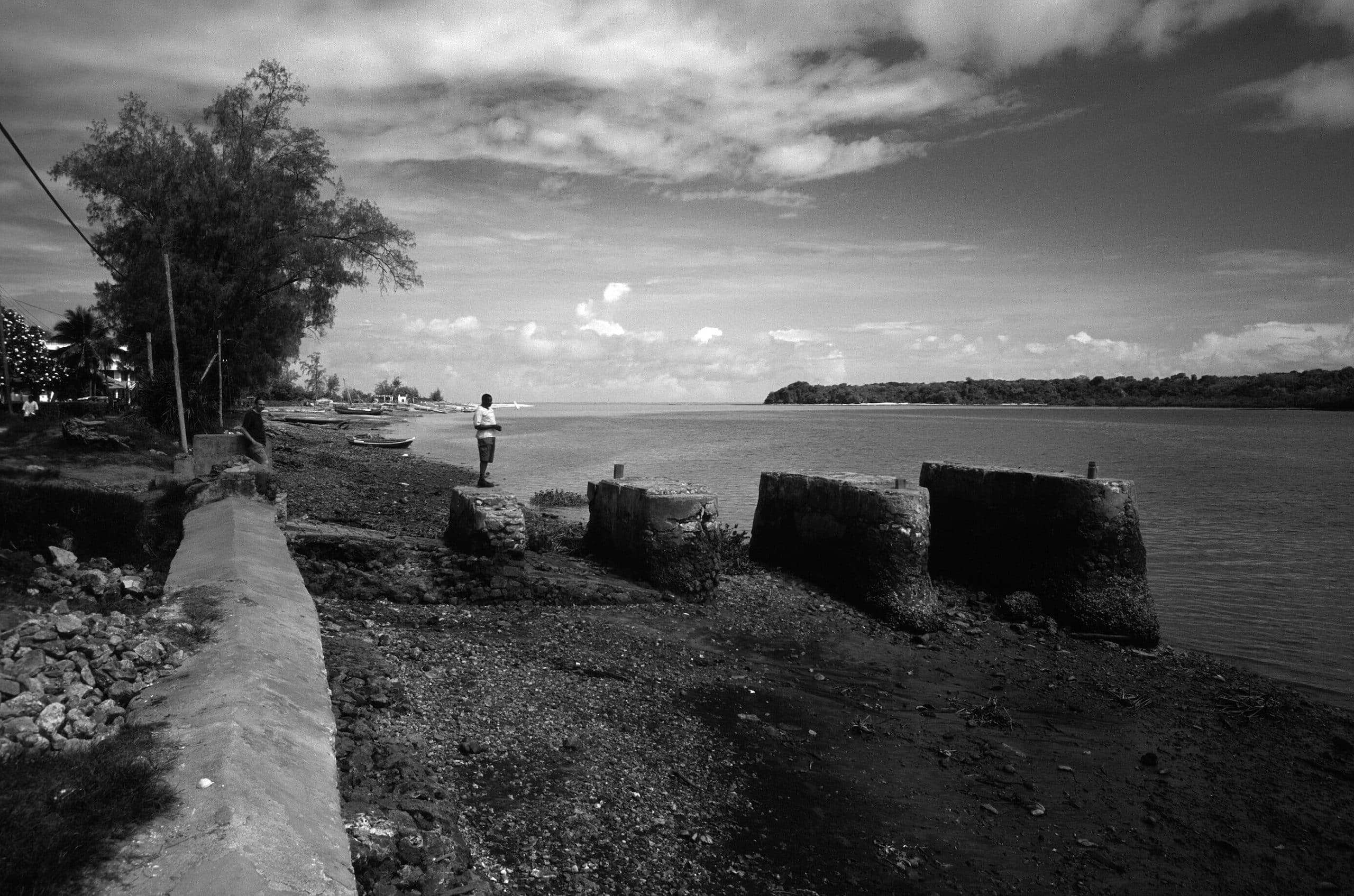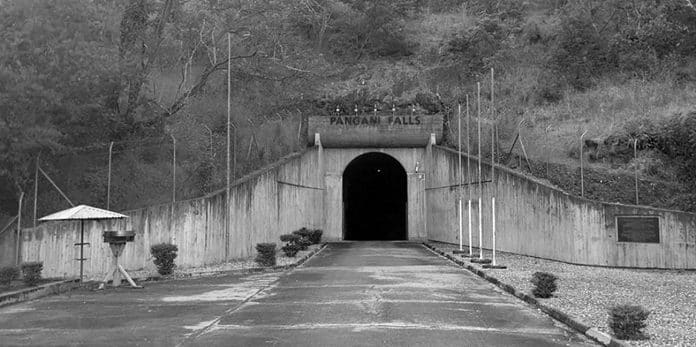Quick Snapshot of the Hale Dam and Hydro Power Plant
Tanzania’s Hale Dam is a hydroelectric dam located in Tanga. It has a total installed power of 28,000 horsepower [21 megawatts]. In order to build the dam, many people were forced out of their homes.
History of the Hale Dam
The Hale Dam has been the country’s oldest operational dam. Throughout Tanganyika’s colonial era, the Pangani river basin provided a source of electricity. The lower Pangani hydroelectric station was built by a German company in 1936 at Pangani Falls. The government decided to create a new power station in Hale because of the booming Tanga district and its closeness to Mombasa Region.
Investments totaling $5,000,000 were made in the country for the first time since a groundnut scheme that went sour.
The Hale Dam power station became fully functional in November 1964.
Hale Dam Hydro Power Plant
Some Forty river miles from the Indian Ocean, the Hale Dam hydroelectric Power station harnesses a natural 70-meter fall. It lies 6 kilometers from the Tanga-Moshi intersection at Segera, in Hale Township, just on the Segera-Tanga route.
Four kilometers upstream of the deviation intake weir, the hydro works comprise a storage weir from across the Pangani River. An intake weir and a vertical drop beam connect to a headrace tunnel, from which a surge shaft and a high-pressure rod and tunnel carry water to the turbines at a 76-meter-deep underground power plant. A tailrace tunnel and an open canal are used to restore water to the river. The 21 Megawatt underground power plant is built in a rock cavern 30 meters long and 12 meters broad, with an excavated ceiling height of 24 meters.

Francis turbines and salient pole generators are used to generate power in two vertical components.
An elevator, stairs, and cable and piping storage room are all located in a 6-meter-diameter shaft that leads to the station. Special drainage features have been incorporated into the concrete spraying of the post. An access tunnel is in the works for the station.
A substantial renovation of the Hale Dam Plant is scheduled for the year 2009. For the Plant’s operation and maintenance employees, the Project’s goal is to improve the Plant’s overall operating safety and reliability. It will also lengthen the Plant’s life and help avoid a power generating shortage in the country, which will benefit from the Project. In 1987, the last restoration work was completed.
Hale Dam Main Data
| Reservoir | Units | Storage Weir | Intake Weir |
| Total Storage Capacity | Cubic meter by 10 | 1.9 | 0.1 |
| Design Flood | Cumecs | 255 | 600 |
| Live Storage Capacity | Cubic meter by 10 | 1.1 | 0.1 |
| Catchments area | Km2 | 42,200 | 4,200 |
| Probable Maximum Flood | Cumecs | 990 | 990 |
| Rock and Earth Fill, Volume | Cubic meter | 9,750 | 18,728 |
| Spillwier, Concrete Volume | Cubic meter | 1,190 | 2,140 |
| POWER PLANT |
| Capacity | 21 Megawatts |
| Yearly Output | 91 Gigawatts |
| Design Head | 70 Metre |
| Generators | 2 by 12.350 MVA |
| Headrace and Tailrace Tunnels | 2050 metre |
| Turbines | 2 by 10.5 Vertical Francis |
| Powerhouse | 9000 cubic meter rock excavation [quartz gneiss] |
| Inauguration | 1964 |
| Construction Start | 1961 |
| Transmission Lines | 132kV 160km to Chalinze |
For more articles related to Energy in Tanzania click here!

































